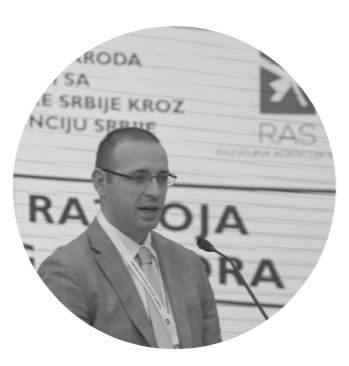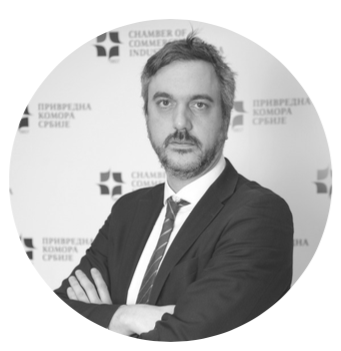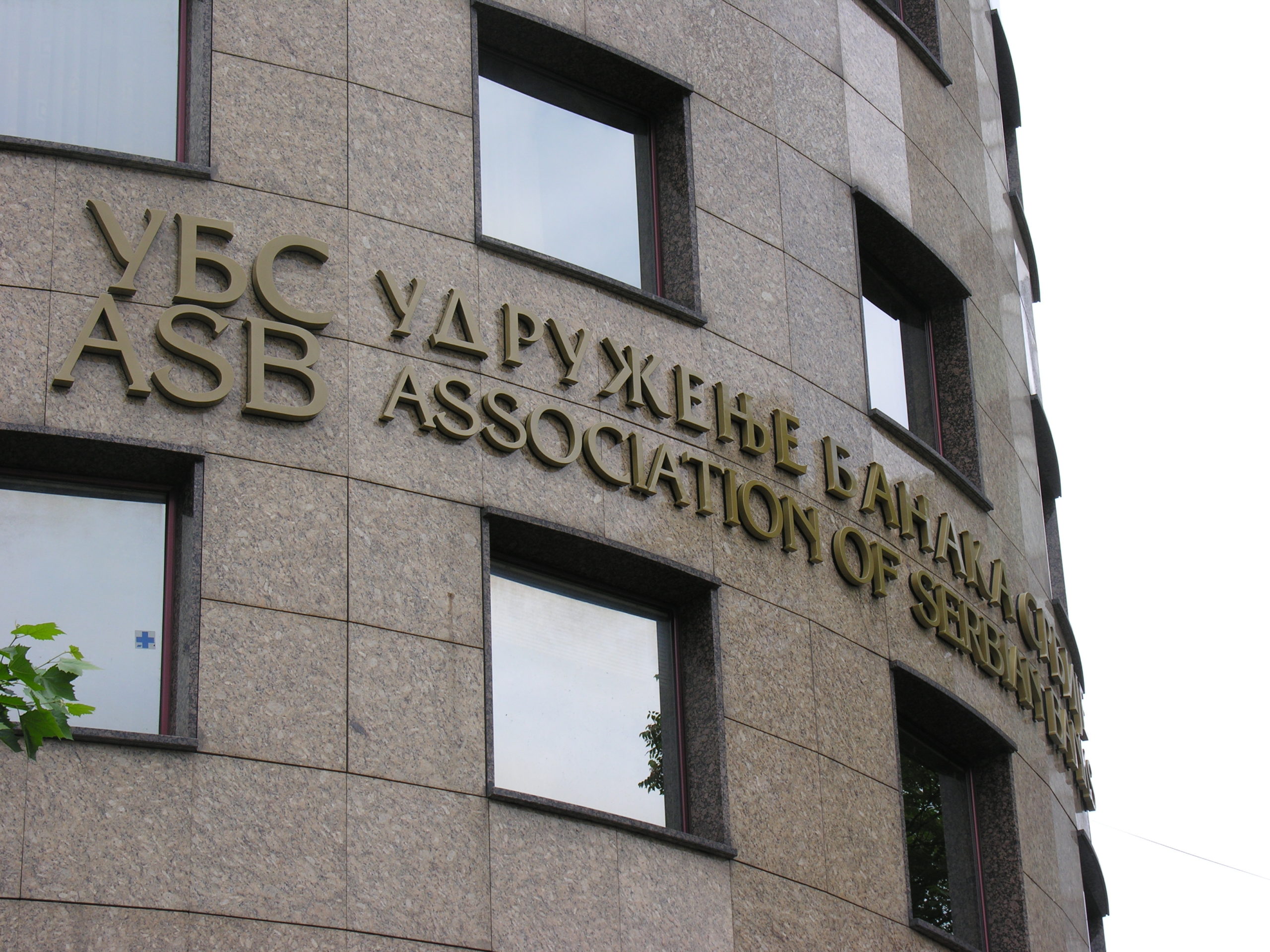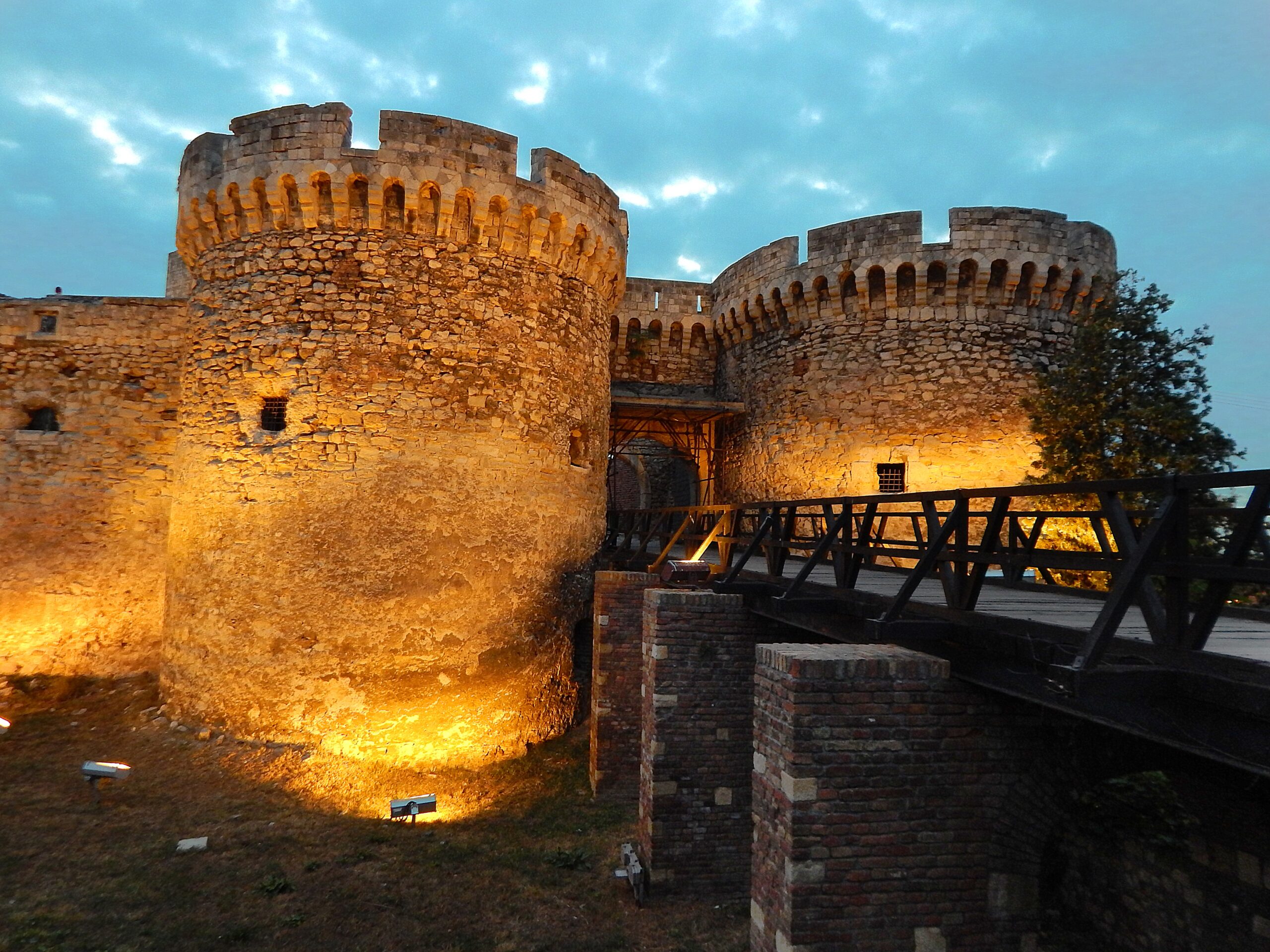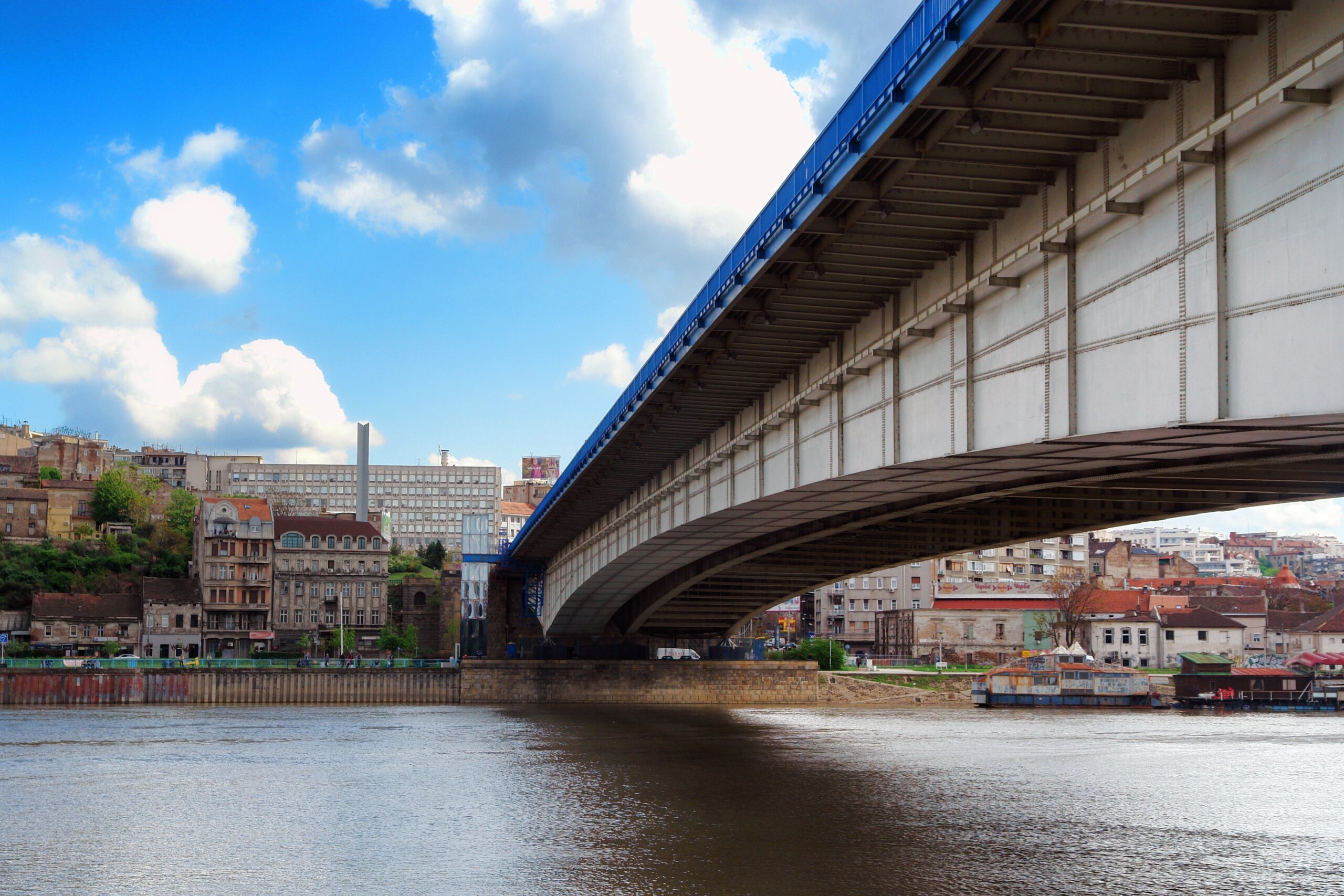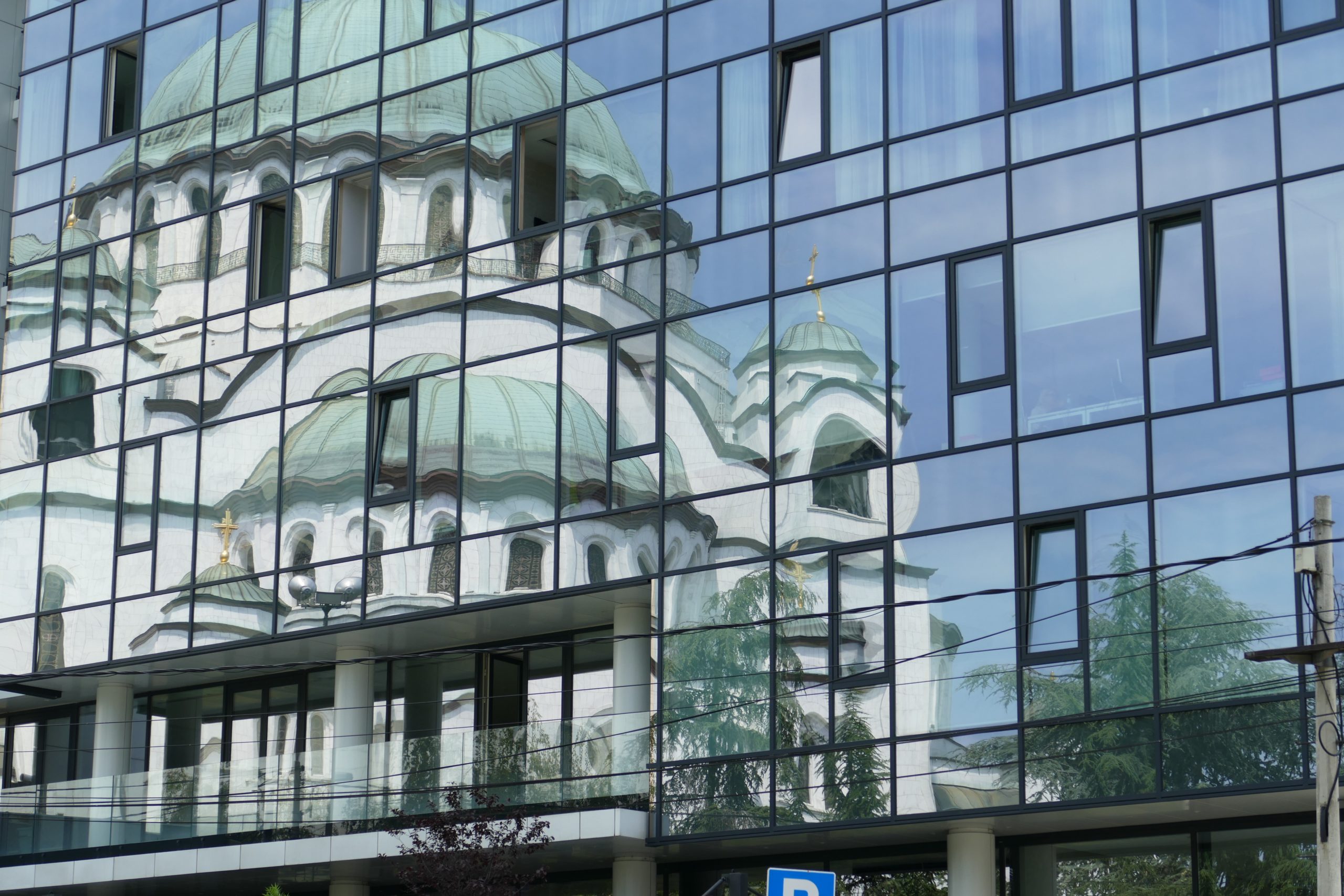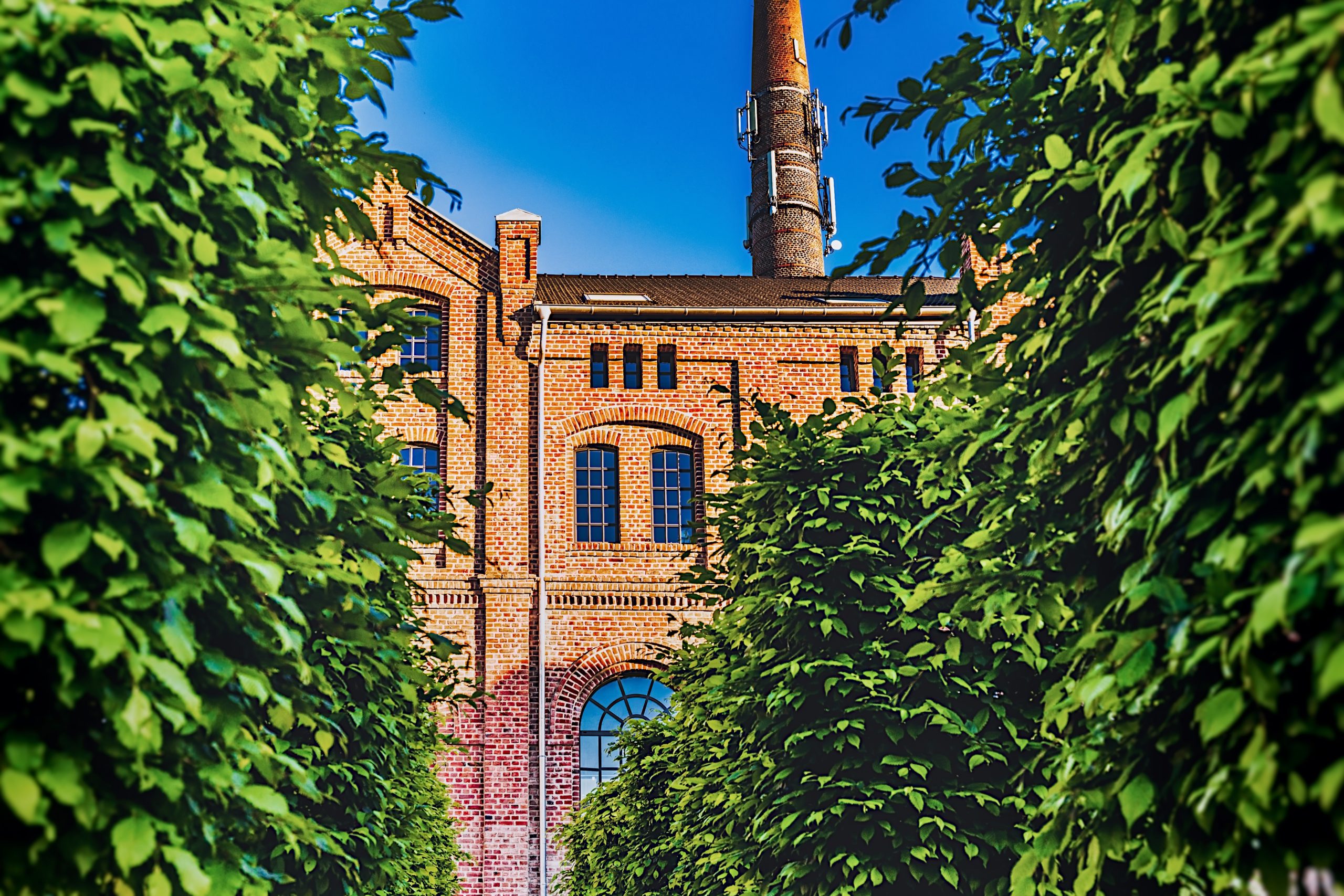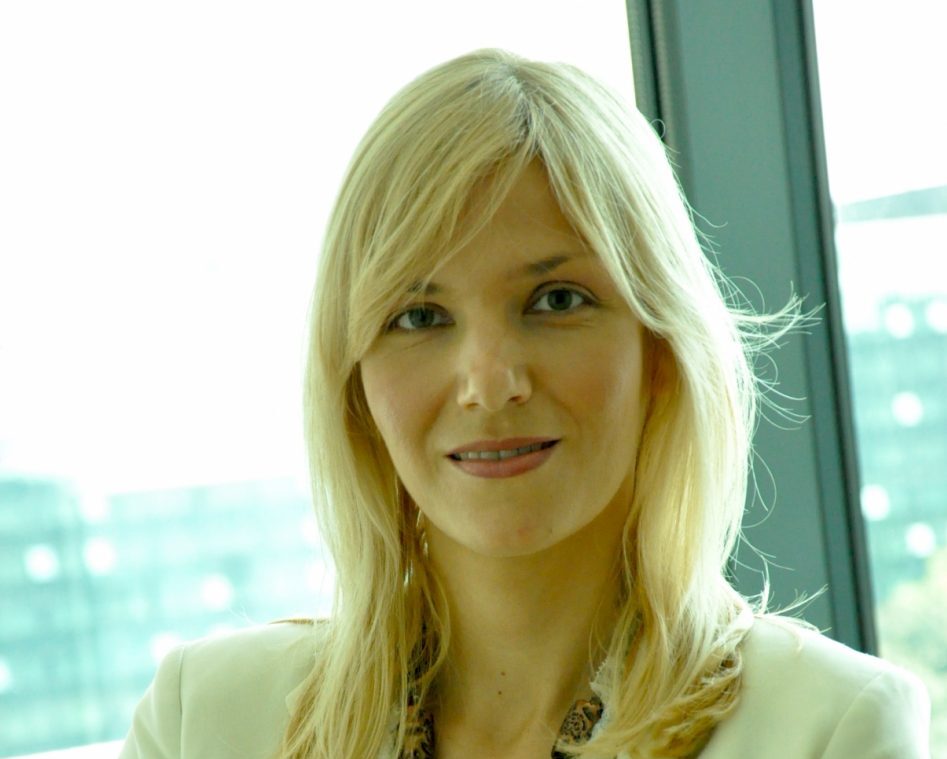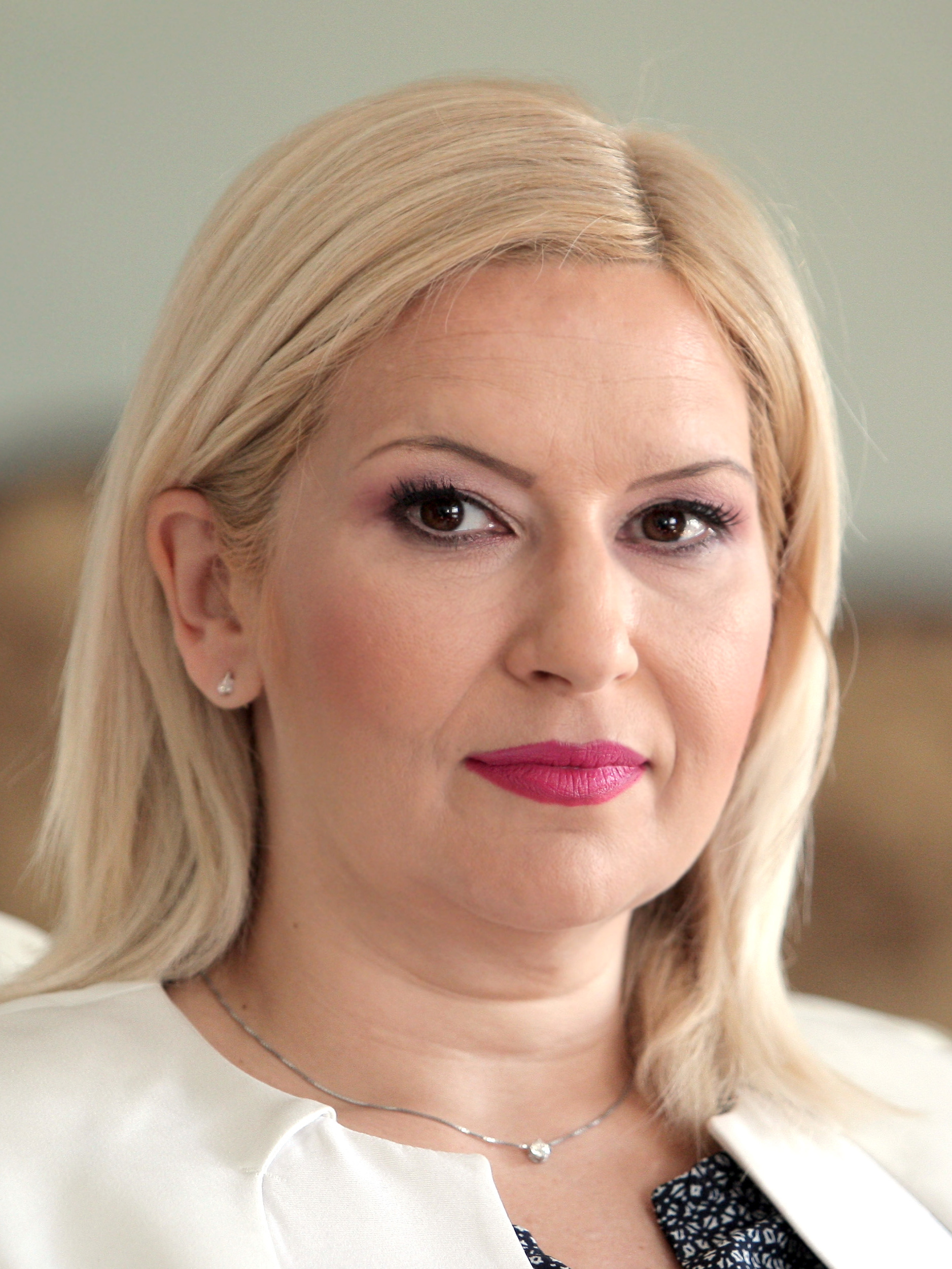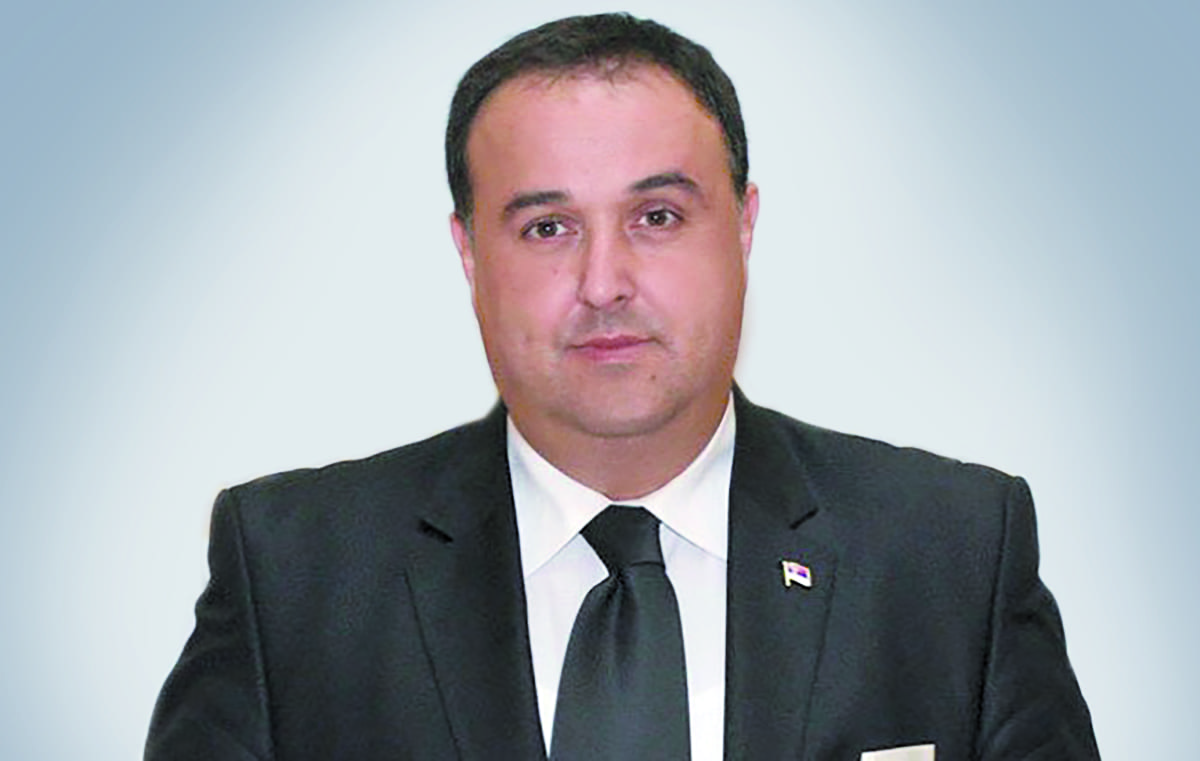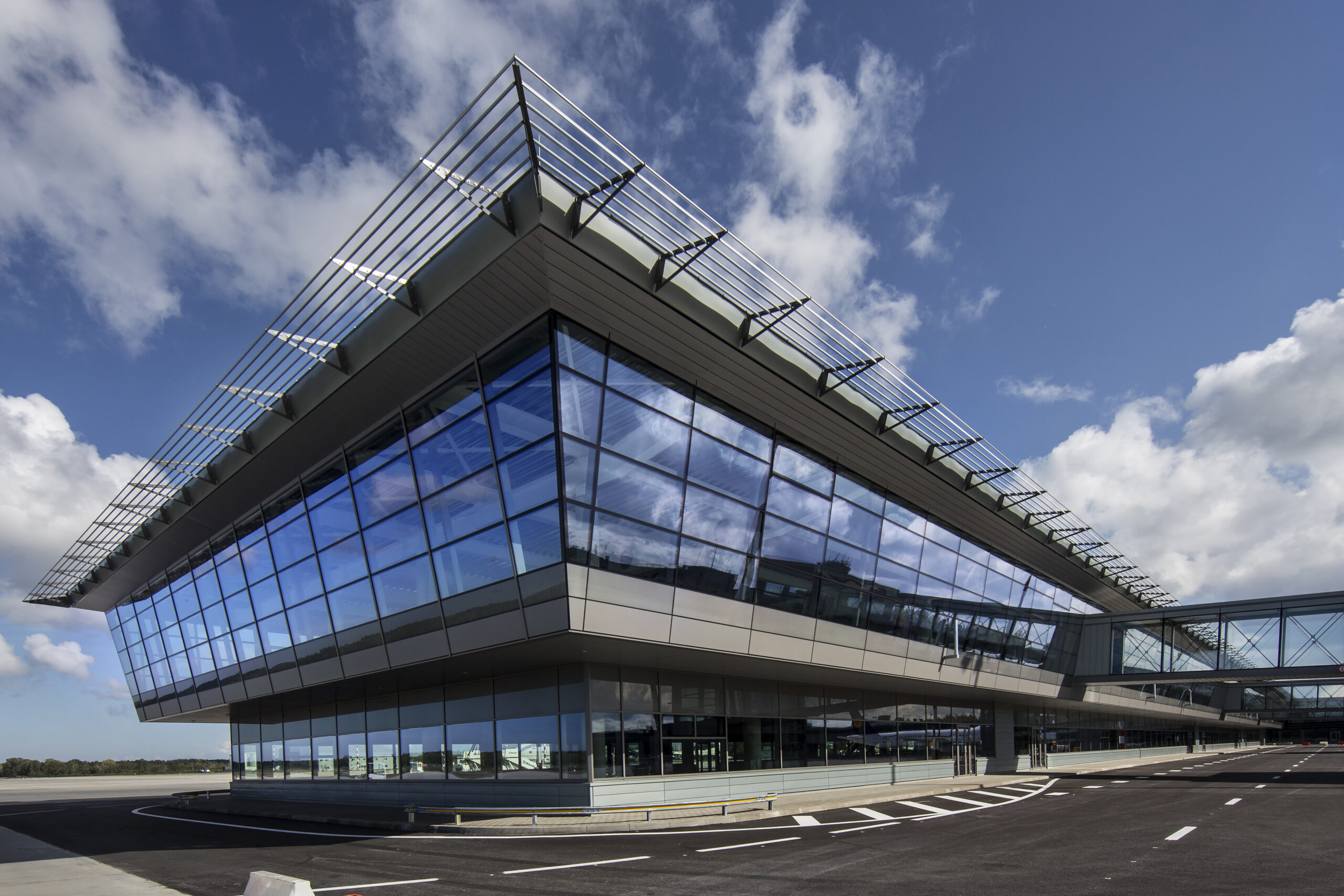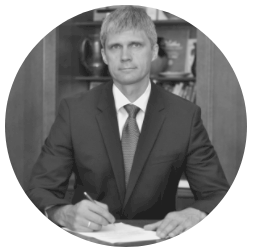Ireland’s Ambitious Journey Towards a Sustainable Energy Future

Whitegate Power Generation Plant in Cork
Ireland’s pioneering role in the global shift towards sustainability and environmental stewardship has been remarkable. The Irish government and the private sector are committed to promoting sustainable energy and prioritizing the transition to a net-zero future. Bord Gáis Energy, under the leadership of Managing Director Dave Kirwan, is playing a vital role in Ireland’s transition towards a sustainable and environmentally friendly future.

With a clear focus on infrastructure development and the goal of achieving 80% renewable penetration by 2030, Bord Gáis Energy is positioned to be a key player in the renewable energy sector, and is committed to helping their customers transition to a lower carbon future. The company knows that the greatest contribution it can make to tackling climate change is providing more sustainable ways for their customers to manage their energy. Therefore, they offer a range of Smart products and services to manage energy more efficiently. Their state-of-the-art 445MW energy efficient power generation plant in Cork contributes to the company playing a leading role in how Ireland consumes energy.
As Ireland’s renewable energy potential, particularly in offshore wind, continues to grow, Bord Gáis Energy is actively exploring innovative technologies such as hydrogen production and storage to support the country’s carbon neutral growth strategy. With investments in flexible gas generation and a commitment to decarbonization, Bord Gáis Energy is dedicated to driving the transition to a sustainable energy ecosystem in Ireland.
Kirwan expressed his optimism about Ireland’s resilient economy, and stated, “Our GDP outlook is approximately 3.5% to 4% for 2023 and inflation is falling towards 4%. The country ranks 11th out of 63 countries in the National Competitiveness Review, thanks to our strong education system, government efficiencies, and skilled workforce.”
Regarding Ireland’s energy transition, Kirwan emphasized the government’s clear framework. He commended the government’s efforts in creating a supportive environment for renewable projects, including well-defined auction processes and regulatory support.
Kirwan acknowledged, “The ambition is huge. Ireland aims to reduce carbon emissions by 51% while accommodating a 45% growth in energy demand by 2030. Such targets set a high bar for the level of investment required in energy infrastructure.”

He added, “The country already has a strong foundation in renewable energy, particularly in onshore wind development projects, and has the potential to become a major player in exporting renewable energy, not just for self-sufficiency. With abundant offshore wind resources, Ireland has an opportunity to lead in this field.”
While acknowledging the progress made, Kirwan also discussed the challenges ahead. He emphasized the need to review planning legislation and develop fast-track mechanisms for strategic projects. Streamlining the planning process and reducing the time required for project resolution are key priorities.
In terms of the framework, Kirwan highlighted the importance of a security supply framework and a hydrogen policy. He stated, “We need to unlock storage capabilities and decarbonize conventional generation technologies. Bord Gáis Energy is actively exploring partnerships and investment opportunities to leverage offshore wind and hydrogen production.”
When asked about innovative and emerging technologies, Kirwan mentioned Bord Gáis Energy’s investment in fast-taxing flexible gas generators. The company recognizes the need to phase out large combined cycle gas turbines and adapt to a more flexible and dynamic energy system that can rapidly respond to fluctuations in demand.
Ireland is on an exciting journey towards a sustainable energy future, and making strides to create a cleaner, greener world. The government’s clear framework, supportive policies, and strong foundation in renewable energy, position Ireland well for the challenges ahead.
As Ireland continues to lead the way in sustainable energy, stakeholders across the country are poised to witness the most exciting period of energy development in recent history.

